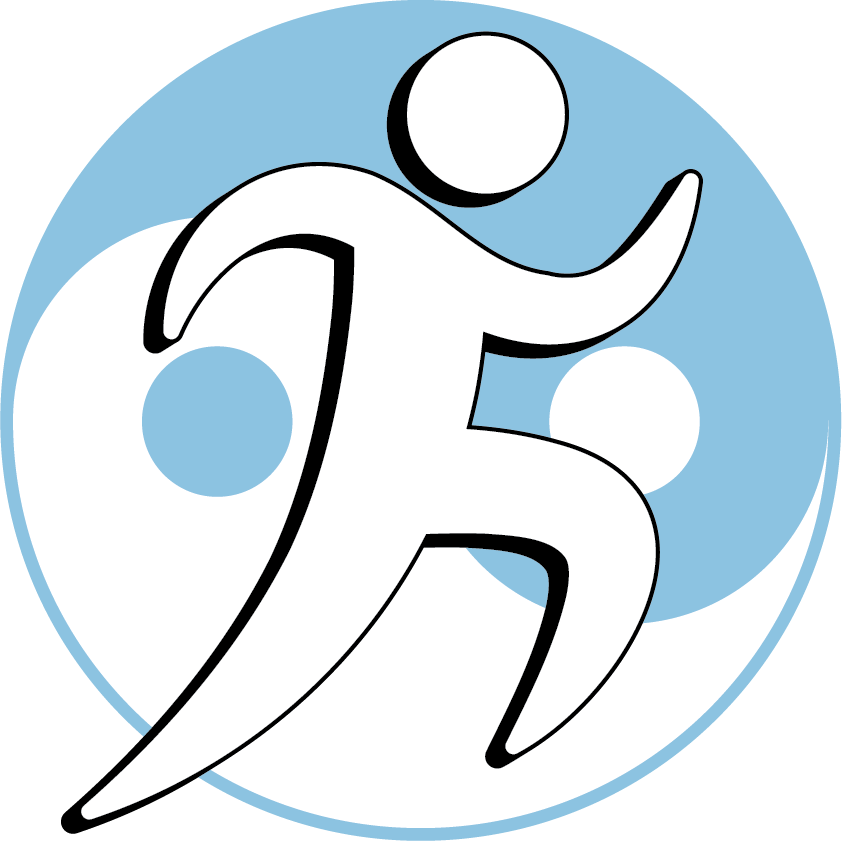Enhance your clinical skills through palpation, inspection and movement
With Instructor Jamie Bender L.Ac., DAOM
Precise knowledge of clinical anatomy and kinesiology, and orthopedic/myofascial palpation and inspection, and movement analysis skills, are all essential foundations for diagnosis, and for determining where--and where not--to needle.
This unique class prepares students to get the most from the Calf, Ankle Foot module & Review/Practicum Lab.
Clinical anatomy and the jing-jin ("sinew meridians" or myofascial tracts)
- We will improve our abilities to accurately locate key bony landmarks, muscles, tendons, joints, neural and vascular tissues, through palpation on ourselves and each other, and through review of clinical anatomy.
- Through palpation, observation and movement exercises, we will explore functions of key muscles and their jing-jin associations, as well as functional vs. dysfunctional movement patterns.
- We will review safety considerations, including needling angle and depth, to avoid injuring the many critical structures in this body region.
Enhanced orthopedic palpation and inspection skills
- We will enhance our abilities to feel different tissue types and layers: skin, fascia, muscle, nerve, blood vessel, and bone, with both our hands and needle-tip sensation.
- We will practice inspection and palpation for tissue abnormalities including myofascial trigger points, tendinopathies and joint disorders.
Review of anatomical structure and kinesiologic function
Calf and Ankle
- Bony landmarks: be able to locate by palpation, if possible; know which muscles attach to them, if applicable
- Tibial condyles
- Fibular head
- Malleoli
- Tibial
- Fibular
- Calcaneus
- Talus
- Sustentaculum tali and tarsal tunnel (know contents)
- Joints: be able to find the joint lines and ligaments by palpation
- Tibio-fibular joints
- Superior
- Inferior (syndesmosis)
- Calcaneo-fibular joint and ligament
- Talo-fibular joint and ligaments
- Anterior talo-fibular ligament
- Posterior talo-fibular ligament
- Sinus tarsi
- Tibio-talar joint and deltoid ligament
- Tibio-fibular joints
- Myofascial structures that move and stabilize the ankle. Be able to locate by palpation, if possible; know compartments, attachments and primary functions
-
- Ankle plantar flexors
- Superficial posterior compartment
- Gastrocnemius: medial and lateral heads
- Soleus
- Achilles tendon
- Plantaris muscle and tendon
- Deep posterior compartment (also invertors)
- Tibialis posterior
- Flexor hallucis longus
- Flexor digitorum longus
- Superficial posterior compartment
- Ankle evertors/lateral compartment: fibularis (aka peroneal) group
- Longus
- Brevis
- Tertius
- Ankle extensors/dorsiflexors/anterior compartment
- Anterior compartment
- Tibialis anterior
- Extensor hallucis longus
- Extensor digitorum longus
- (Fibularis tertius)
- Anterior compartment
- Ankle plantar flexors
- Neurovascular tracts and critical structures. Know pathways and distributions; be able to locate by palpation where superficial
-
- Popliteal artery
- Deep saphenous vein
- Tibial nerve
- Sural nerve
- Saphenous nerve
- Peroneal nerves
- Common
- Superficial
- Deep
Foot
- Bony landmarks: be able to locate by palpation; know which muscles attach to them, if applicable
- Hindfoot
- Calcaneus
- Talus
- Midfoot
- Navicular
- Cuneiforms
- Cuboid
- Forefoot
- Metatarsals
- Phalanges
- 1st ray sesamoid
- Hindfoot
- Joints: be able to find the joint lines and ligaments by palpation
- Plantar calcaneonavicular or “spring” ligament
- Calcaneocuboid joint
- Lisfranc/mid-foot joint
- Toes
- 5th metatarsal base
- Metatarso-phalangeal joints
- Proximal interphalangeal joints
- Distal interphalangeal joints
- Myofascial structures that move and stabilize the foot. Be able to locate by palpation; know attachments and primary functions
-
- Abductor hallucis
- Adductor hallucis
- Flexor hallucis brevis
- Abductor digiti minimi
